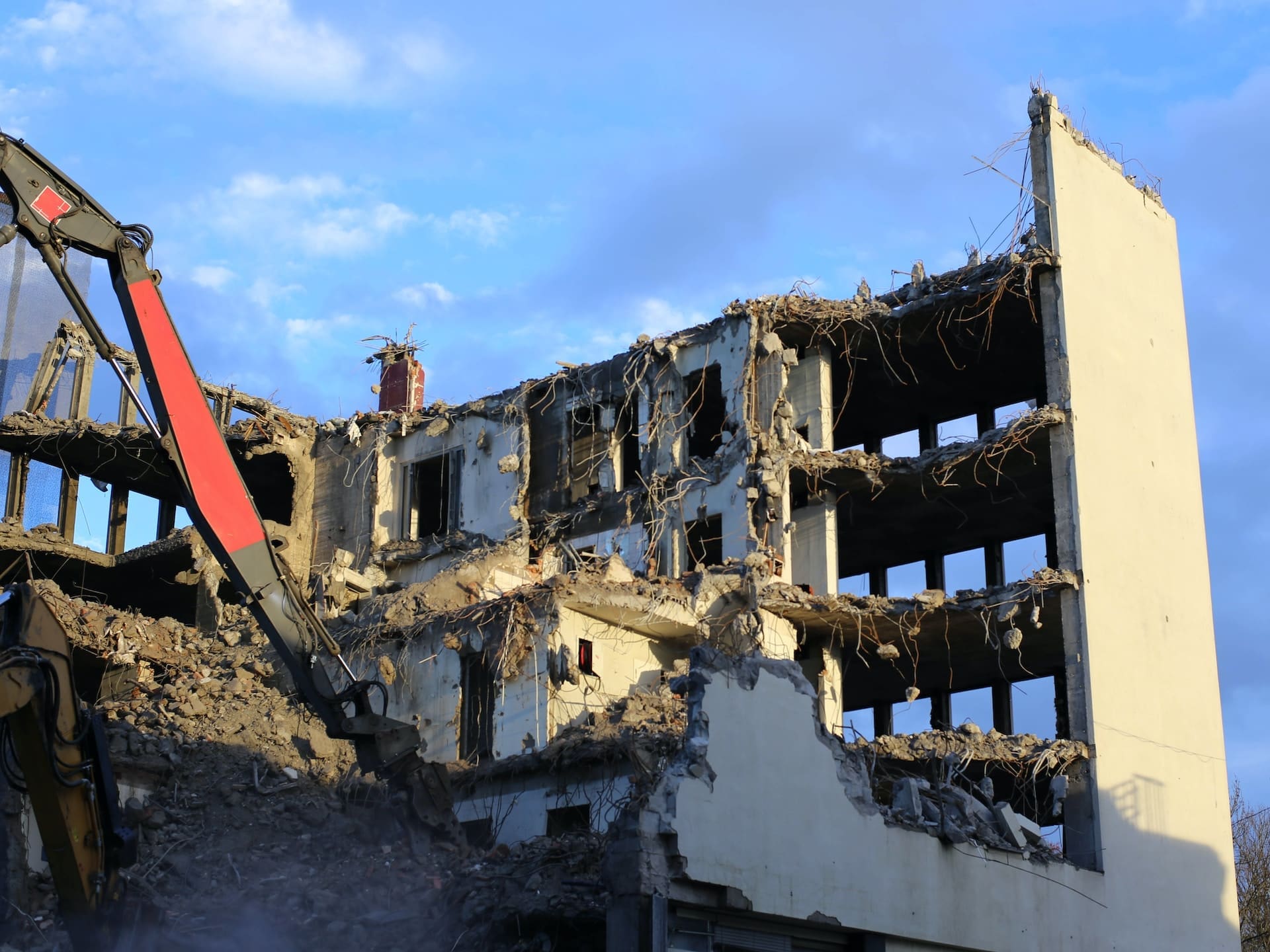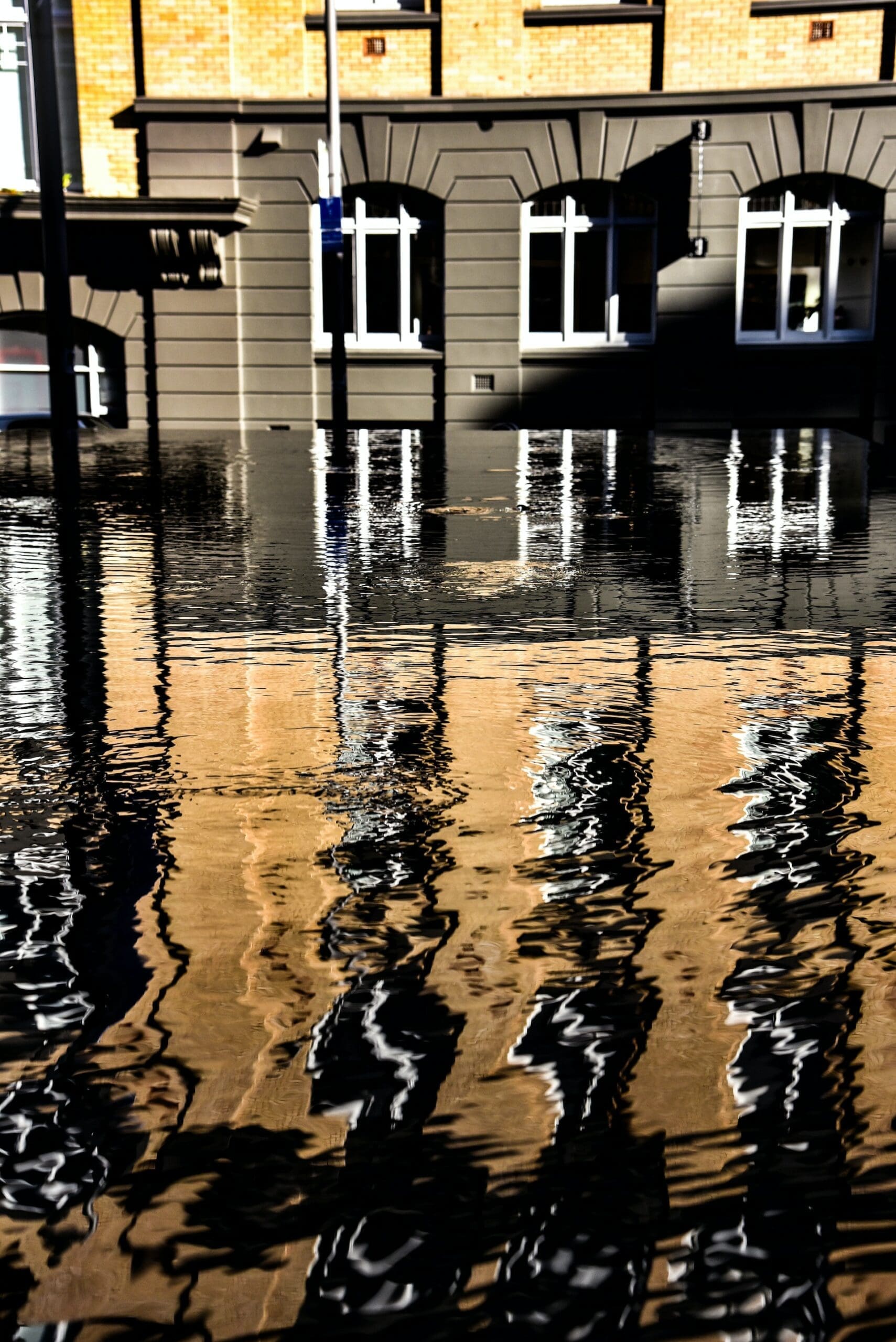Introduction
Drywall is a common material used in the construction of interior walls and ceilings. Over time, however, drywall can deteriorate and require replacement. In this article, we will explore the signs that indicate it may be time to replace your drywall. By being aware of these signs, you can address potential issues before they worsen and ensure the structural integrity and aesthetics of your home.
1. Water Damage
One of the most common reasons for drywall replacement is water damage. Water leaks, floods, or excessive moisture can cause the drywall to become soft, discolored, or develop mold and mildew. If you notice any water stains, bubbling, or a musty odor, it is important to investigate the source of the water and address it promptly. Ignoring water damage can lead to further deterioration of the drywall and potential structural issues.
2. Cracks and Holes
Cracks and holes in drywall are not only unsightly but also compromise the integrity of the wall. Small cracks can be a result of normal settling, temperature changes, or minor impacts. However, if you notice large cracks or multiple cracks in the same area, it may indicate a more significant problem. Additionally, holes, whether from accidental damage or pests, should be repaired promptly to prevent further damage and maintain a smooth surface.
3. Sagging or Warping
Sagging or warping drywall is a clear indication that it needs to be replaced. This can occur due to excessive moisture, poor installation, or the natural aging process. Sagging drywall may appear uneven, bulge outwards, or feel soft when touched. If left unaddressed, sagging or warping drywall can lead to structural issues and compromise the safety of your home.
4. Outdated Appearance
If your drywall has an outdated appearance, it may be time for a refresh. Styles and trends change over time, and older drywall may have textures or patterns that are no longer desirable. By replacing outdated drywall, you can enhance the aesthetics of your home and create a more modern and appealing living space.
5. Foul Odors
Persistent foul odors in your home could be a sign of hidden issues behind the drywall. Mold, mildew, or rotting materials can cause unpleasant smells that linger even after cleaning. If you have tried eliminating the odor with no success, it is crucial to have a professional assess the situation. They can identify the source of the odor and determine if drywall replacement is necessary.
Conclusion
Knowing the signs that indicate it may be time to replace your drywall can help you maintain a safe and visually appealing home. From water damage and cracks to sagging and outdated appearances, addressing these issues in a timely manner can prevent further damage and ensure the longevity of your walls. If you notice any of these signs, consider consulting with a professional like Upper Restoration to assess the condition of your drywall and determine if replacement is necessary. Remember, drywall replacement can be a complex task best left to professionals. Always consult with experienced contractors who can provide the necessary expertise to ensure a successful and long-lasting result.
As a new home owner, I couldn’t have asked for a better company. Lou and his team made my hard situation an easy and stress…Read More » a month ago via Google Alisha T We recently had major water damage in our home, affecting the entire kitchen, dining room, and basement. Louis from Upper Restoration showed up quickly, assessed…Read More » 2 months ago via Google Cathy Choi We recently sustained some damage to our roof and our central air system due to a storm. Upper Restoration had to open our ceiling to…Read More » 2 months ago via Google Chimere Luke I had the pleasure of working with Upper Restoration and their incredible team during a recent project for my home after a flood, and I…Read More » 8 months ago via Google Lewis James Lirosi


